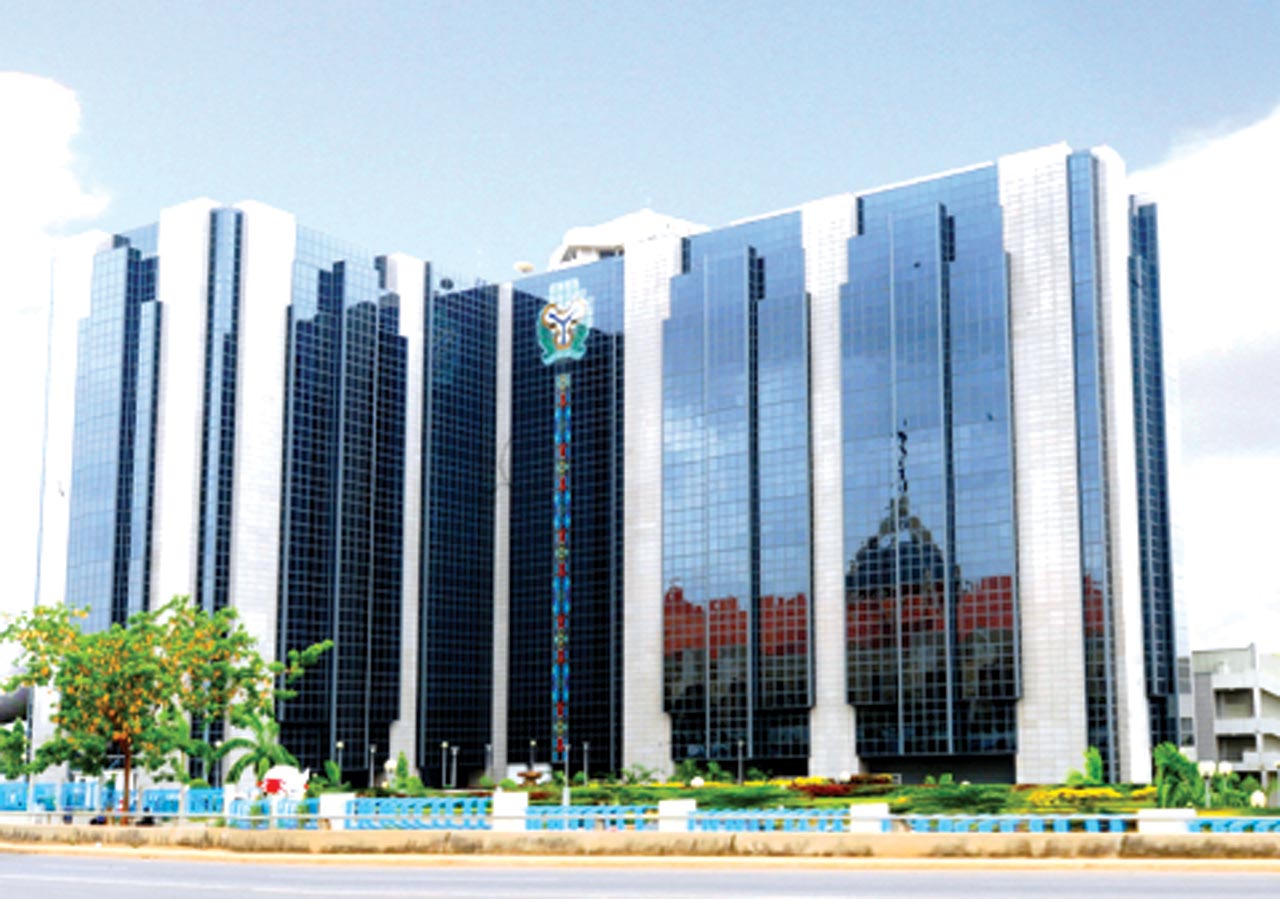Market Indices Surge By Nine Percent In Five Sessions
Specifically, the Nigerian Stock Exchange (NSE) All-Share Index (ASI) and market capitalisation appreciated by 9.07 per cent and 16.55 per cent to close the week at 29,415.39 points and N15.175 trillion respectively.
All other indices finished higher with the exception of NSE Oil/Gas index, which depreciated by 0.04.per cent and NSE ASeM Index, which closed flat.
Also, the enthusiasm, which greeted the listing of BUA Cement boosted investors’ appetite for stocks, especially at the twilight of the week.
Furthermore, investors’ interest in Dangote Cement and Presco Plc, further pushed up the market indicators on the Exchange.
Analysts expect profit taking to dominate activities this week, but, however, predicted further rally as the elevated maturities from fixed income instruments hunt for investment vehicles.
For instance, analysts at Codros Capital Limited said: “Looking ahead, while we expect profit-takers to dominate activities in the coming week, we still see significant leg-room for a further rally as the elevated maturities from fixed income instruments hunt for investment vehicles. Nonetheless, we advise investors to cherry-pick fundamentally sound stocks.”
The Chief Research Officer of Investdata Consulting Limited, Ambrose Omodion, said the benchmark index for the first six trading sessions of the year gained 9.51 per cent, which is already a pointer that the market recovery expected in the year 2020 has started.
“This is especially as the Central Bank of Nigeria (CBN) retains the 65 per cent Loan-Deposit Ratio, while lending rates drop further in a low-interest rate regime, which is expected to support the general economy and stock market.
“We note that in the history of Nigeria, this is the first time money market rates are going this low, as the monetary authorities try to stimulate productivity that will drive growth while employing proactive initiatives with a focus on its price stability mandate.




